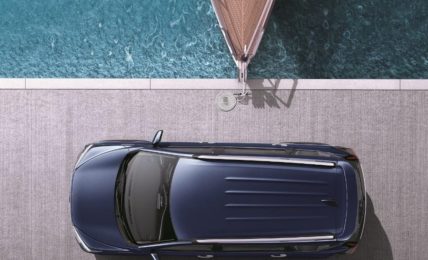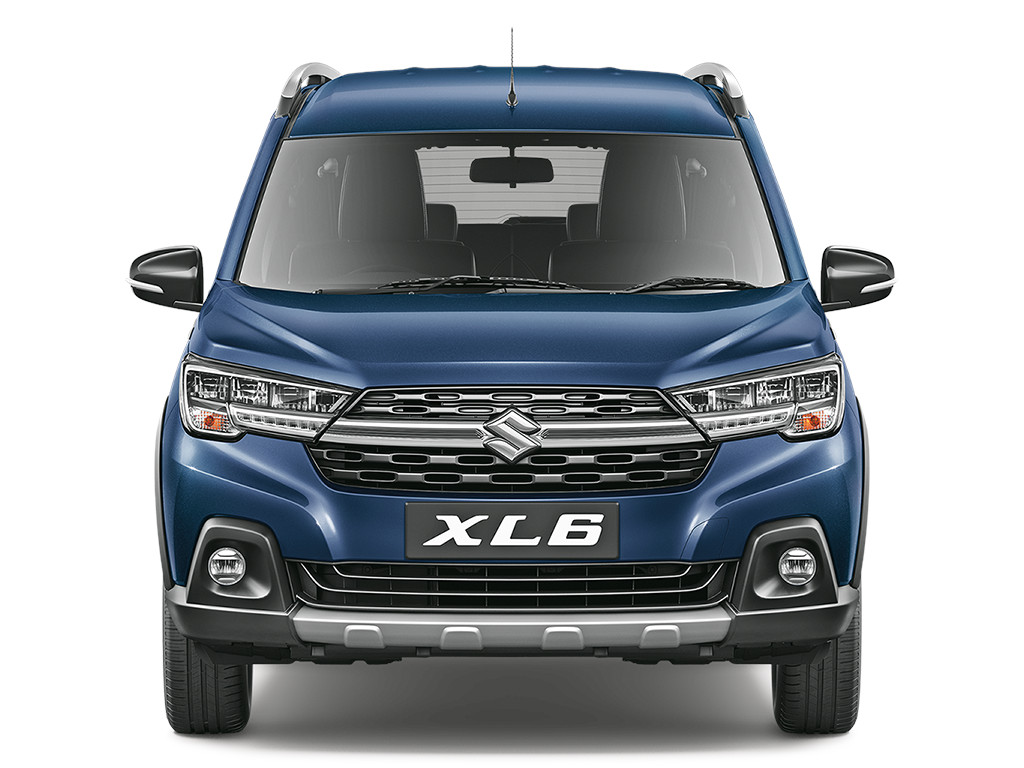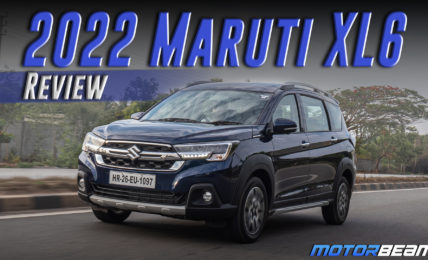The engine delivers smooth performance especially in the low-end
Performance – Powering the Maruti XL6 is a BS6 compliant K15 petrol engine with Smart Hybrid technology. This engine produces 105 BHP at 6000 RPM and 138 Nm of twisting force at 4400 RPM. Power delivery is linear and it really comes alive in the low and high end of the rev band but the mid-range is rather flat. This engine is very refined but gets vocal as the revs top out and has a very racy note to it. This car comes with second-generation Smart Hybrid technology and uses a Li-ion battery to store the energy. The batter is placed under the front passenger seat.
The automatic transmission isn’t lightning quick but very convenient
The 1.5 petrol engine is highly refined and is coupled to a mild-hybrid system
The Smart Hybrid system has three main features. Stop/Start system, regenerative braking and torque assist. While the first two are self-explanatory, torque assist essentially aids to give an additional punch via the battery at lower speeds thereby improving low-end performance. Mated to this engine is an option of a 5-speed manual and a 4-speed automatic transmission. The automatic is an old school 4-speed torque convertor which does offer convenience but it comes at the cost of performance and fuel efficiency. It does a 0-100 km/hr run in approximately 14 seconds, which is slower than the manual by about 2 seconds. Fuel efficiency too is less than the manual by about 2 km/l and is between 8-10 km/l.
The manual transmission offers smooth shifts and is also more frugal
The 5-speed manual is the pick of the transmissions and offers slick shifts and has well spaced-out ratios. It revs freely to 6500 RPM and the first gear tops out around 40 km/hr, second around 80 km/hr and third goes all the way up to 120 km/hr. It is much more fun to drive too. With this, one can expect a fuel economy of around 10-12 km/l. The manual XL6 stops the clock on a 0-100 km/hr run in around 12 seconds. Maruti is currently not offering a diesel on the XL6 and we expect it to do so once BS6 norms kick in next year. There was anyway no point launching a BS6 diesel at this stage as BS6 fuel isn’t available as yet. Maruti already has a BS6 ready 1.5-litre diesel engine in its portfolio, the same one which comes with the Ciaz and Ertiga.
Body roll is minimal and the steering feels on the lighter side
Driving Dynamics – The steering is light at low speeds and weighs up reasonably as the speed picks up. It feels well centred and doesn’t feel vague at all. The XL6 takes corners with predictability and its best to say that handling is great by MPV standards. Yes, there is a fair bit of body roll but is well controlled. The suspension is set up on the softer side and hence the XL6 absorbs everything that is thrown at it. Ride quality is so good that we actually took it over some really bad roads to find a fault but there wasn’t any. There is slight vertical movement in the suspension at the rear but you can’t make that out on a full load. Maruti has managed to strike the right balance between ride and handling.
Brakes are decent with good high speed stability
Ride quality is fantastic and the Maruti XL6 actually handles well for its size
The brakes bite well and braking performance is satisfactory from the front discs and rear drums. Although grip levels are not bad, we would have liked larger rubber on the car but Maruti has ditched that for the sake of fuel efficiency.




